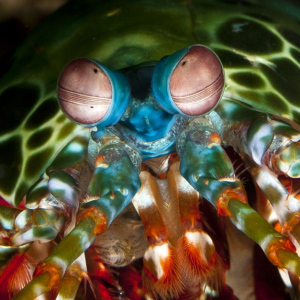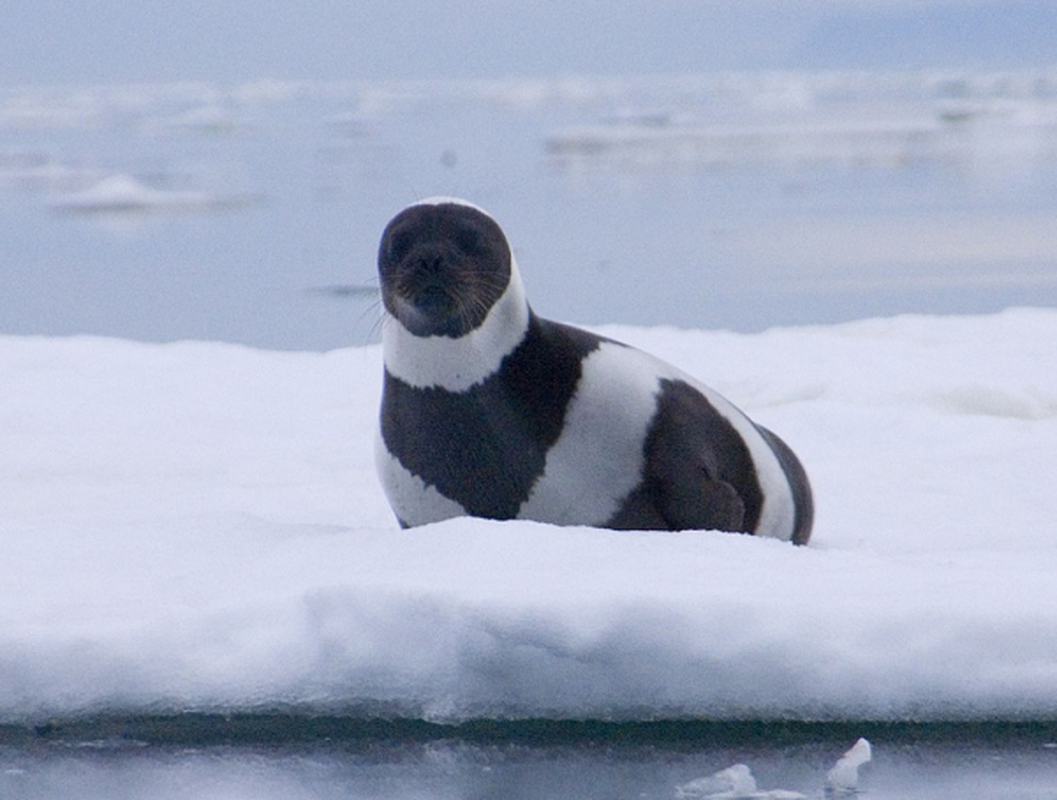
An extremely rare striped seal in the wild, it was discovered on the coast of Washington state, USA.
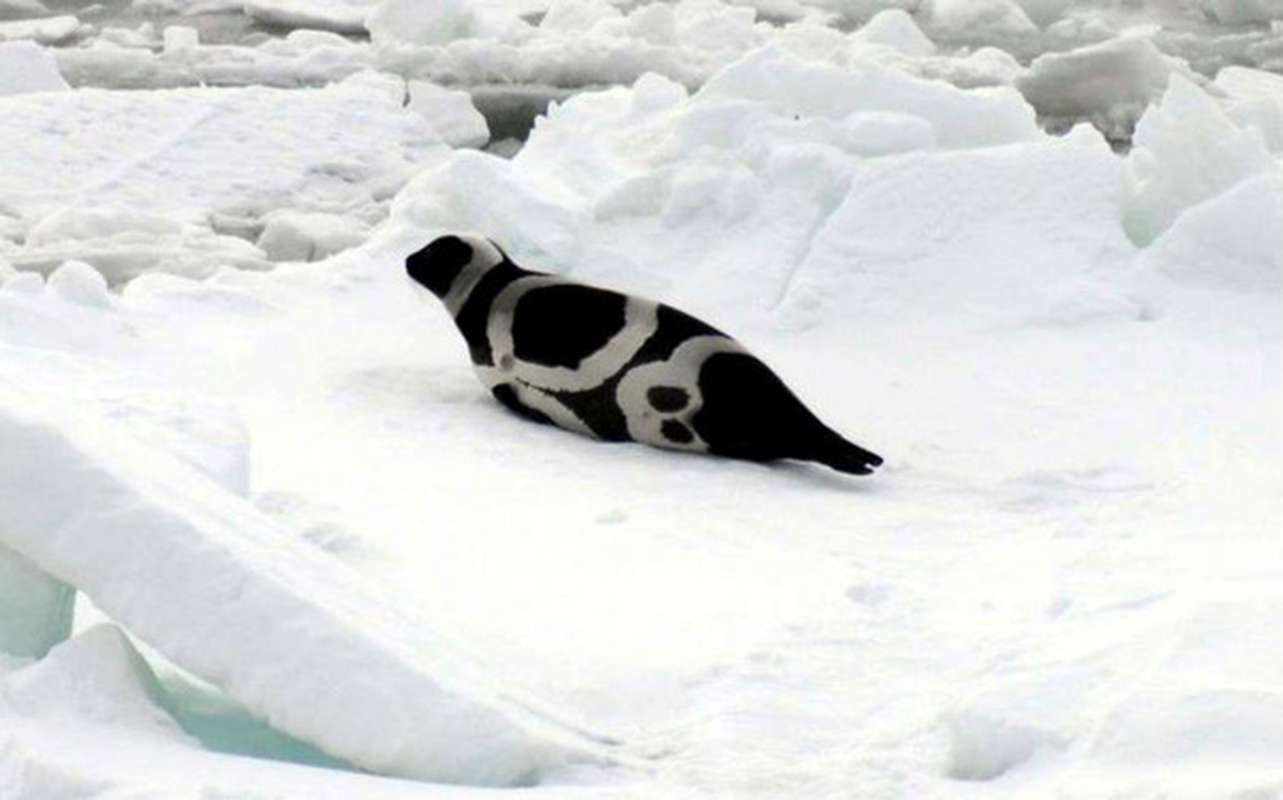
This is the ribbon seal , a unique seal species with beautiful stripes all over its body.
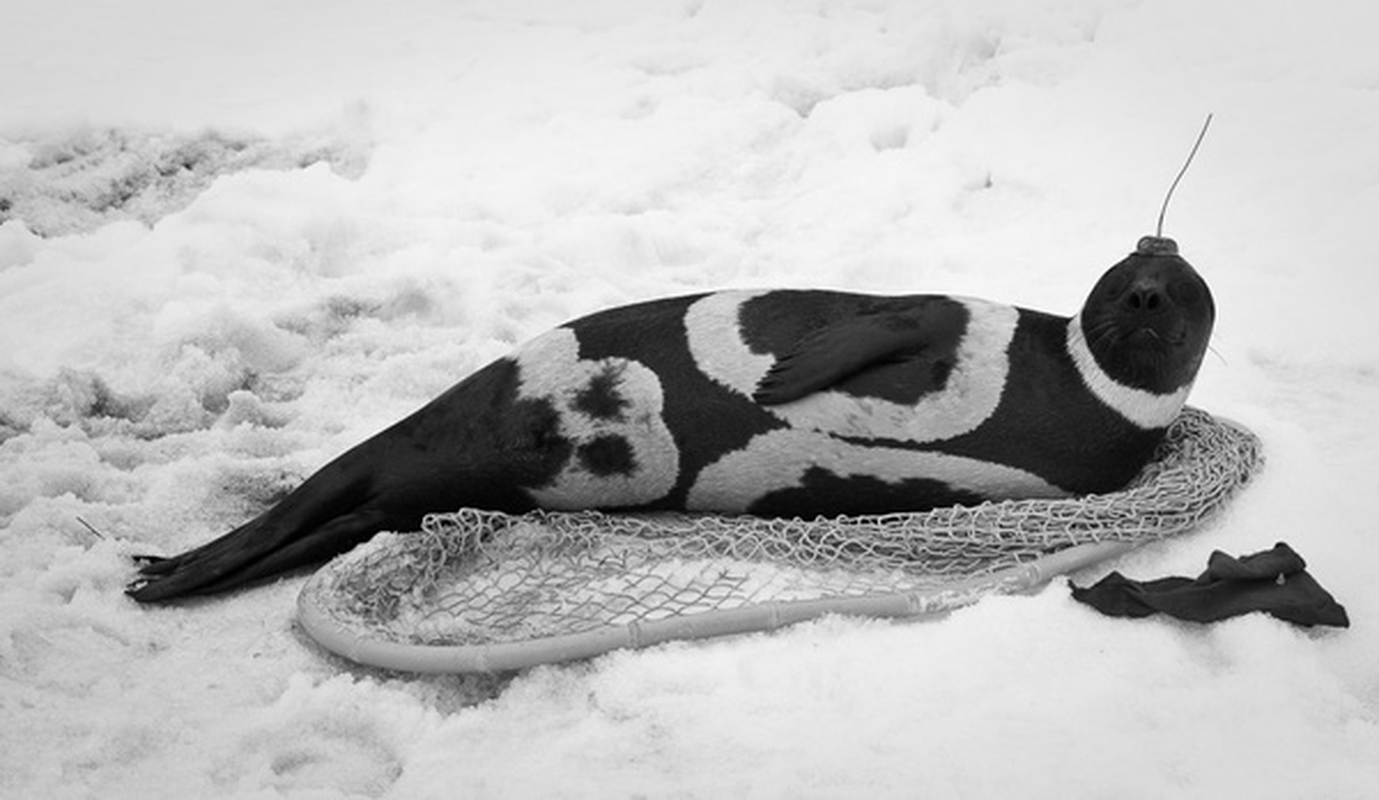
The scientific name of the ribbon seal is Histriophoca fasciata. They are medium-sized pinnipeds belonging to the true seal family.
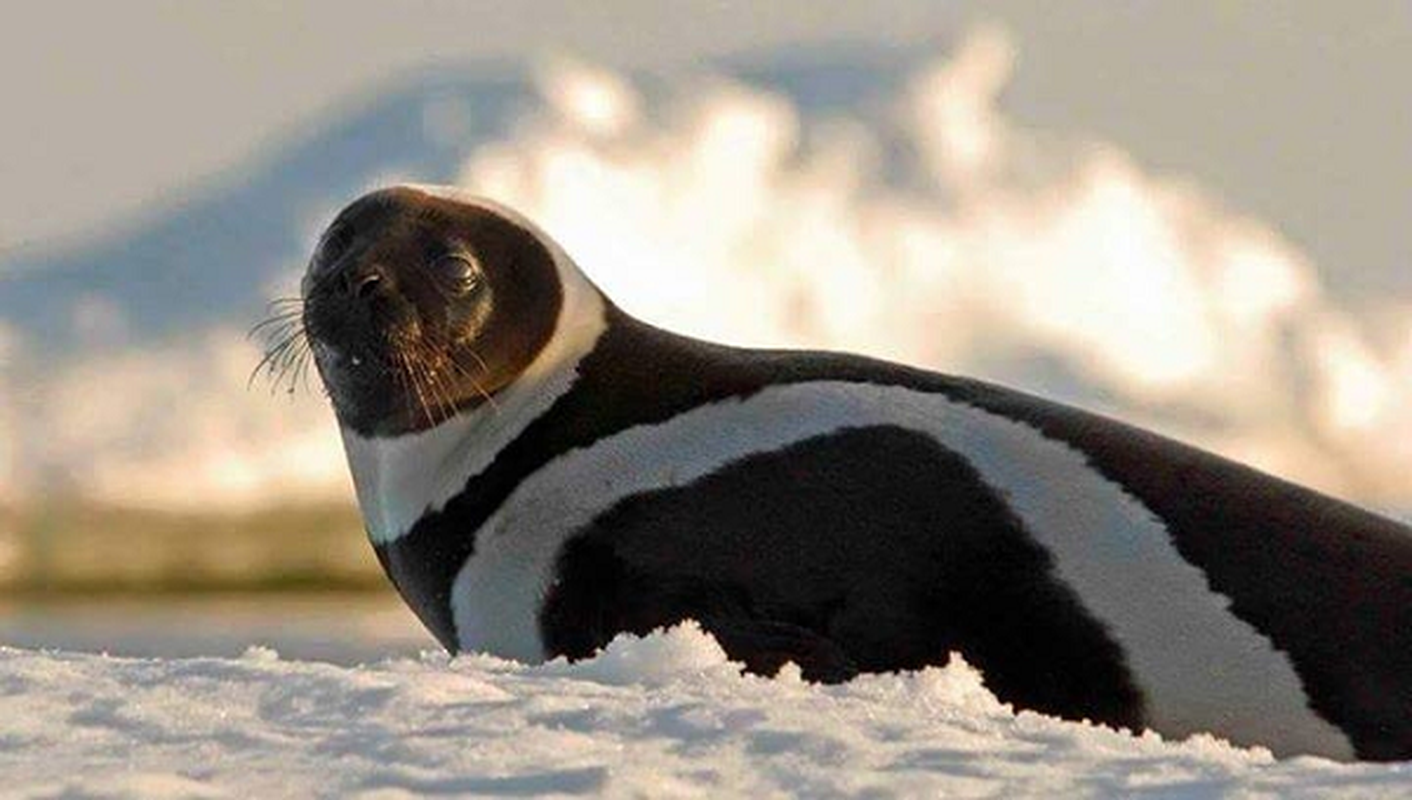
Ribbon seals are commonly found in the Arctic and subarctic regions of the North Pacific Ocean, especially the Bering Sea and the Sea of Okhotsk.

Ribbon seals have a striking appearance thanks to their black or brown fur mixed with 4 different white patches, including 1 white stripe around the neck, 1 white stripe around the tail and 1 white circle on each side of the body.

Normally, newborn ribbon seals are all white. After 3 to 4 years of age, their “zebra” fur becomes clearly visible. Both males and females can grow up to 1.6m in length and weigh up to 95kg. On average, each individual will live from 20 to 25 years old.
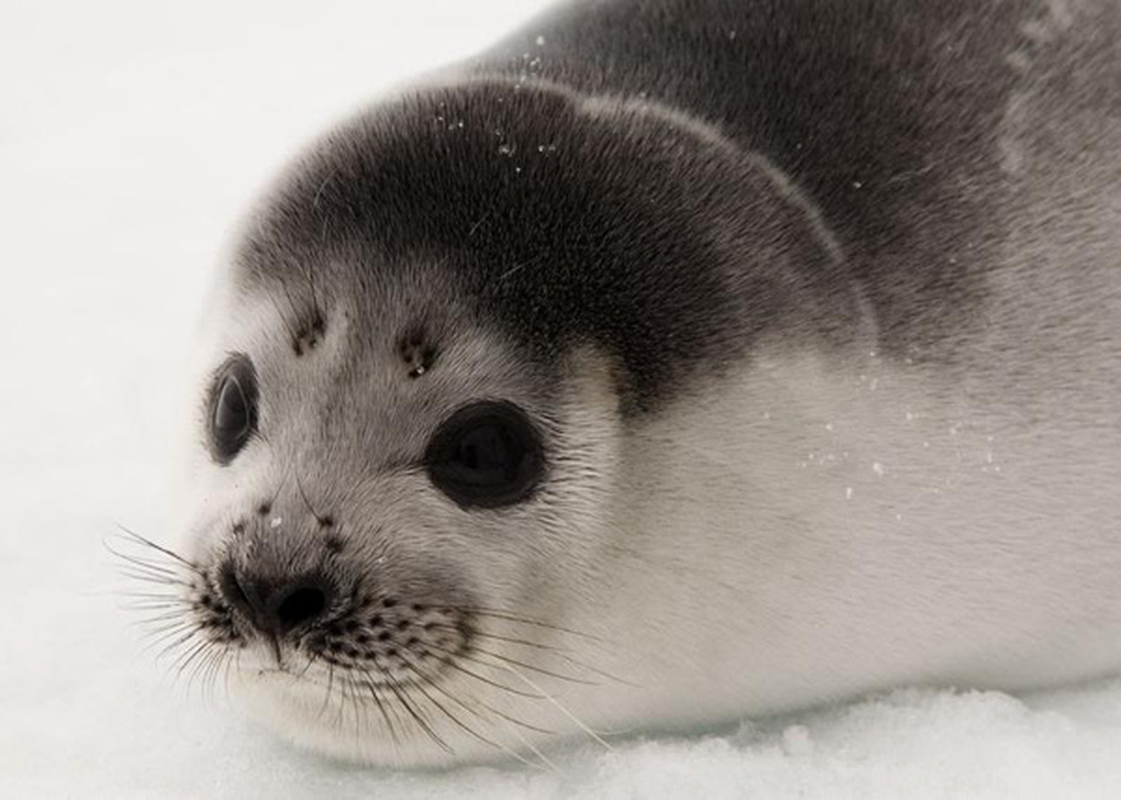
They only live in the cold Arctic region, so they almost never migrate to the mainland. In winter, ribbon seals mate and give birth. In spring and summer, they live freely on the water.
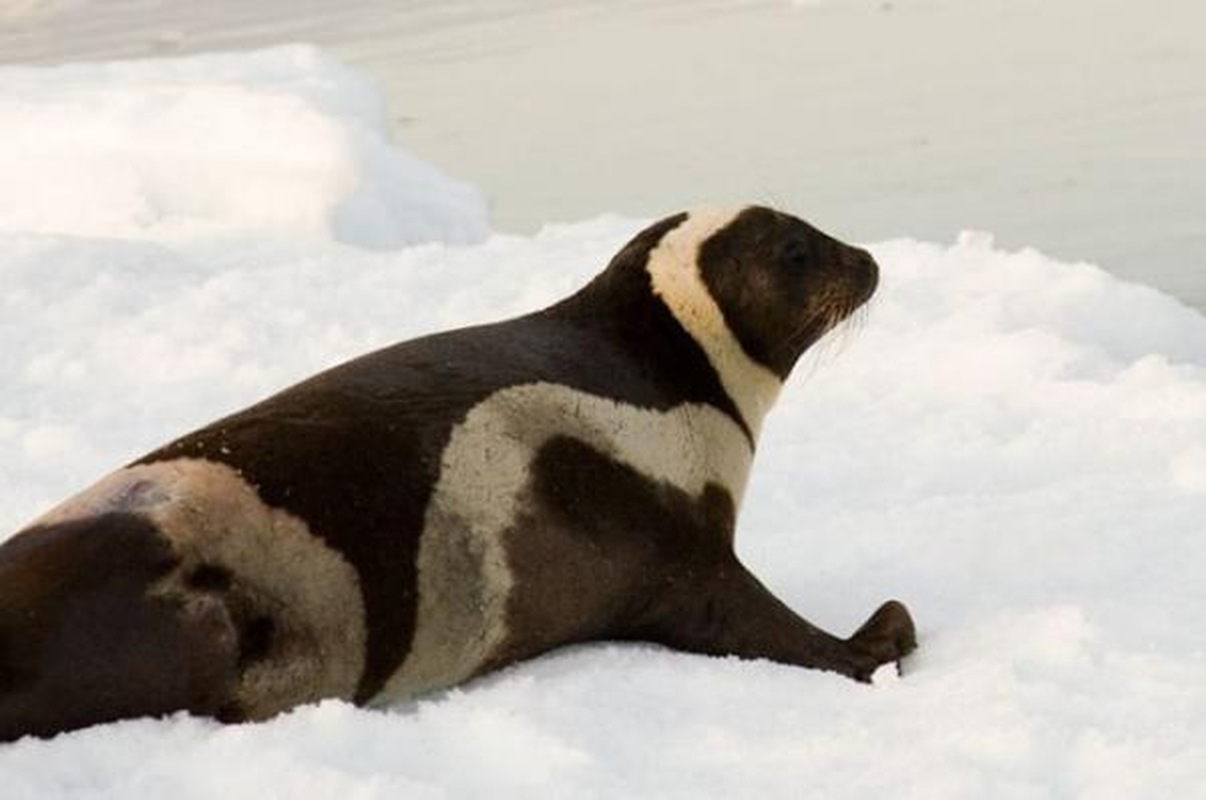
This seal species was once hunted heavily for its fur, causing the species’ population to decline severely.
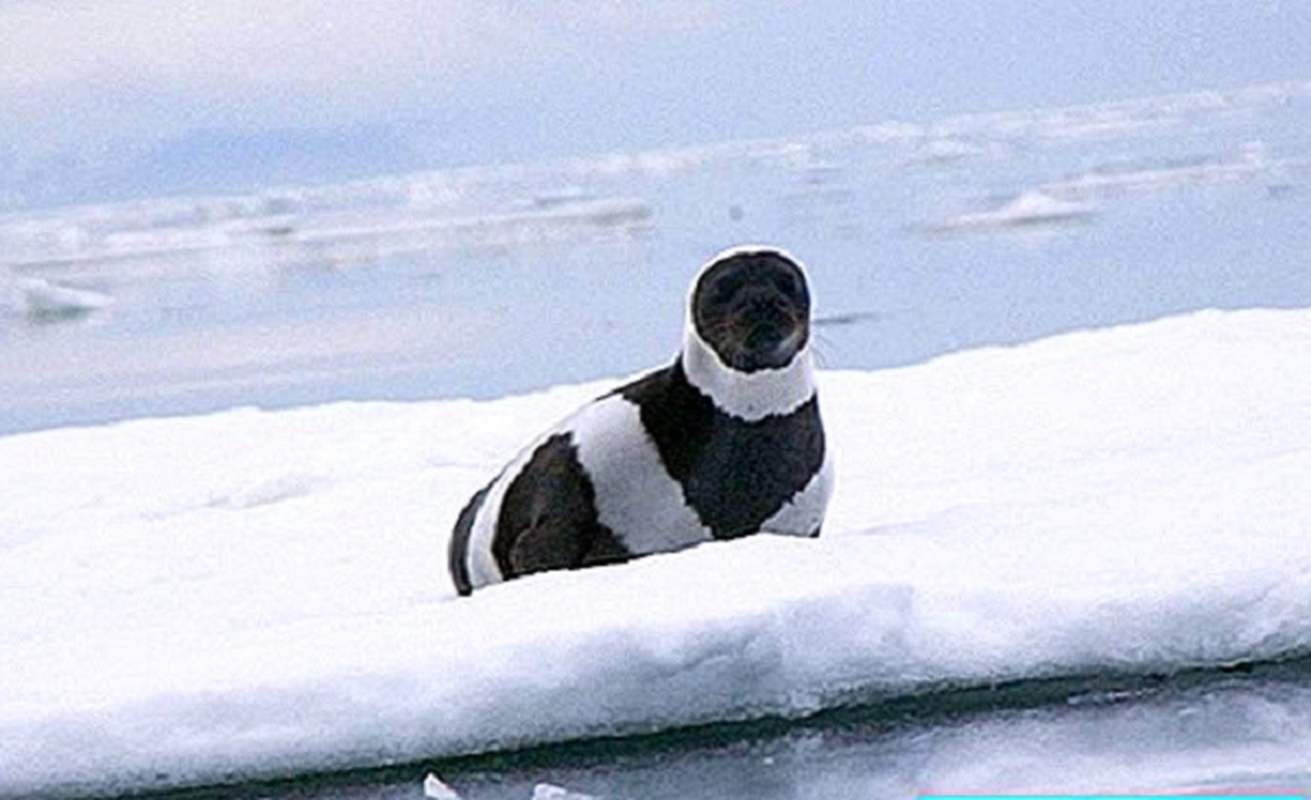
However, in 1969, the Soviet Union banned the hunting of this species, causing the species’ population to increase.
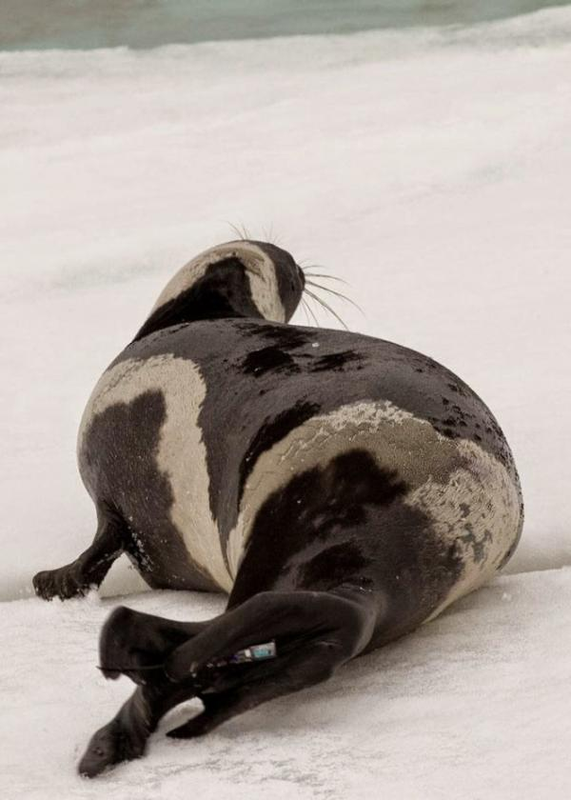
At the same time, the US federal government also closely monitored the number of this species in 2008, and they came to the conclusion that they were not an endangered species.
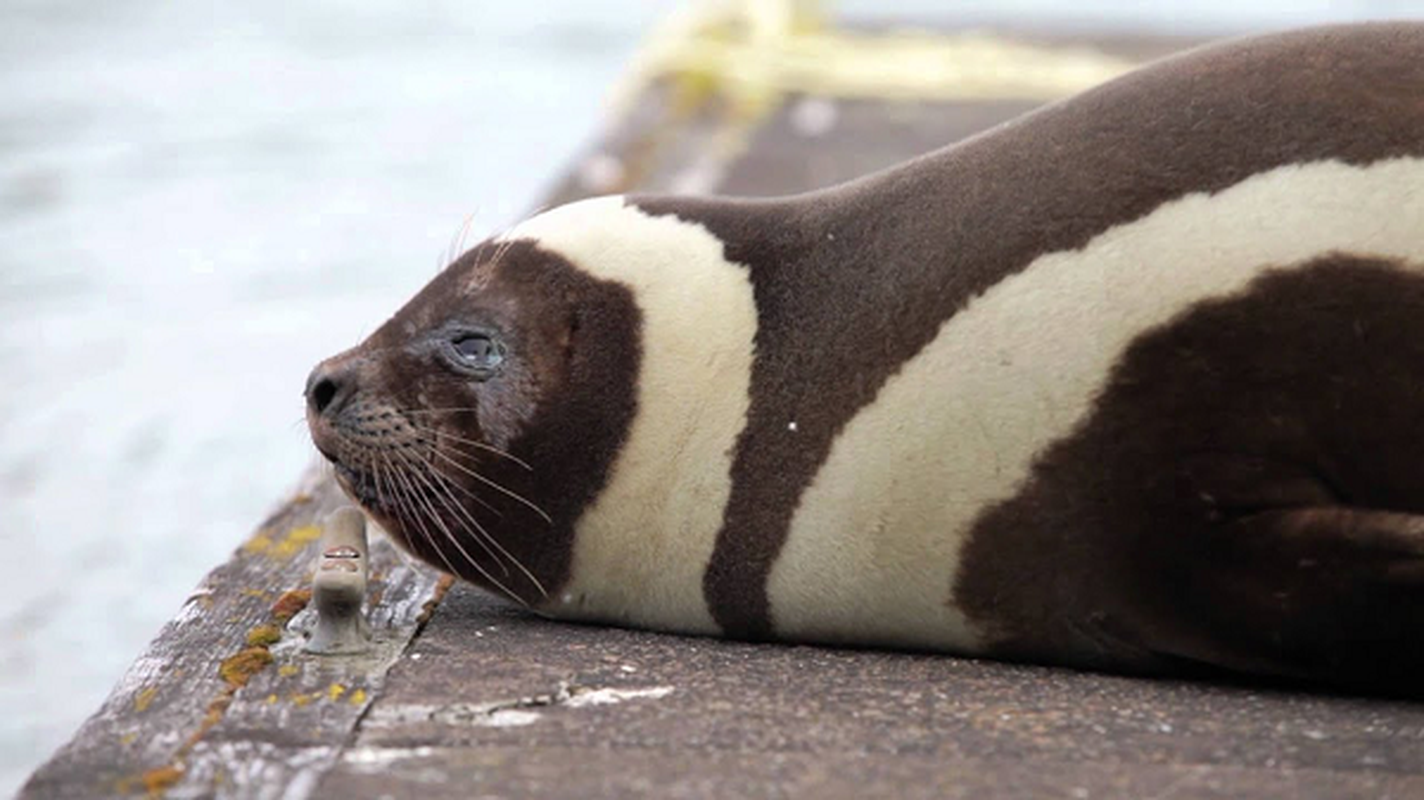
This species of seal rarely comes ashore unless they swim away in the ocean currents. The ribbon seal will remind many people of the F1 generation hybrid of a seal and a zebra.




